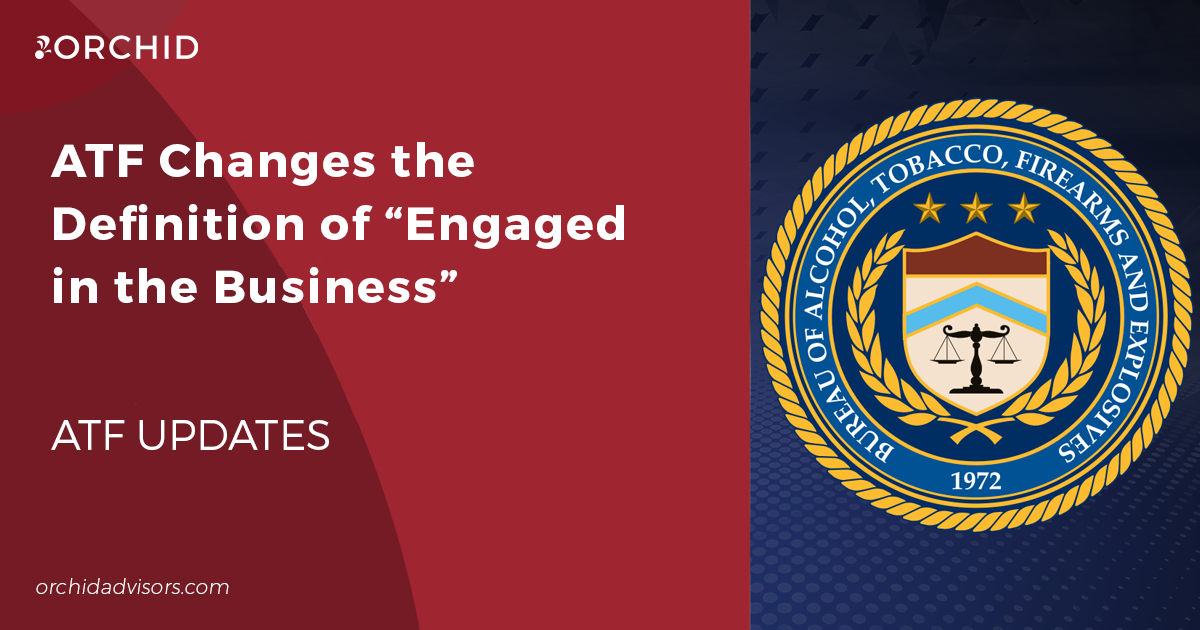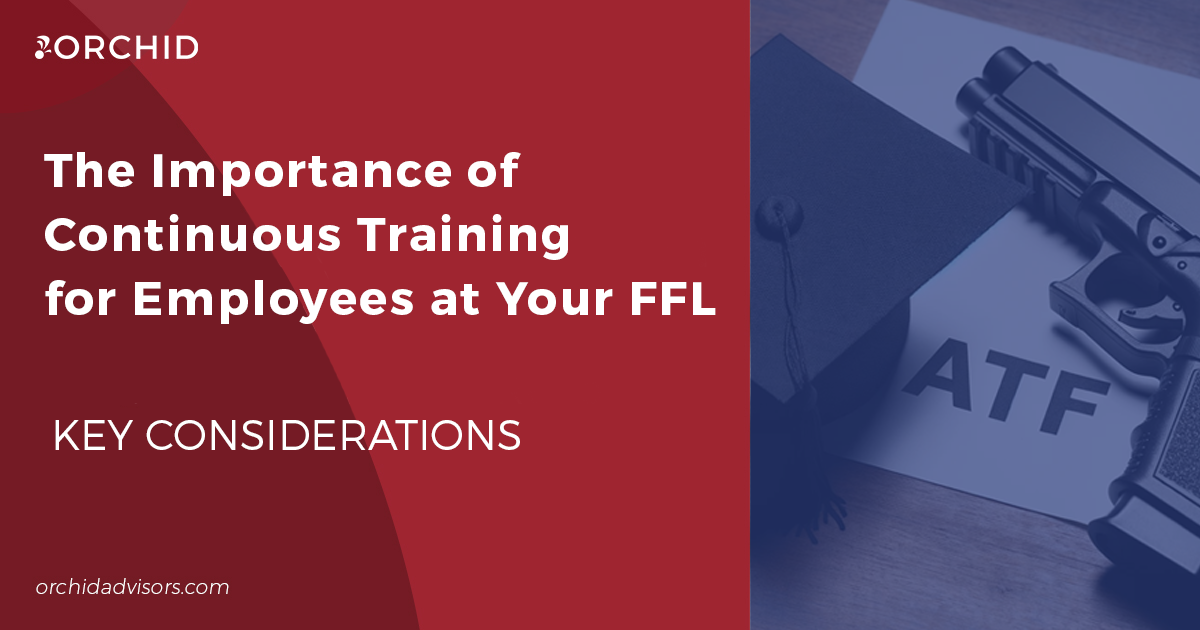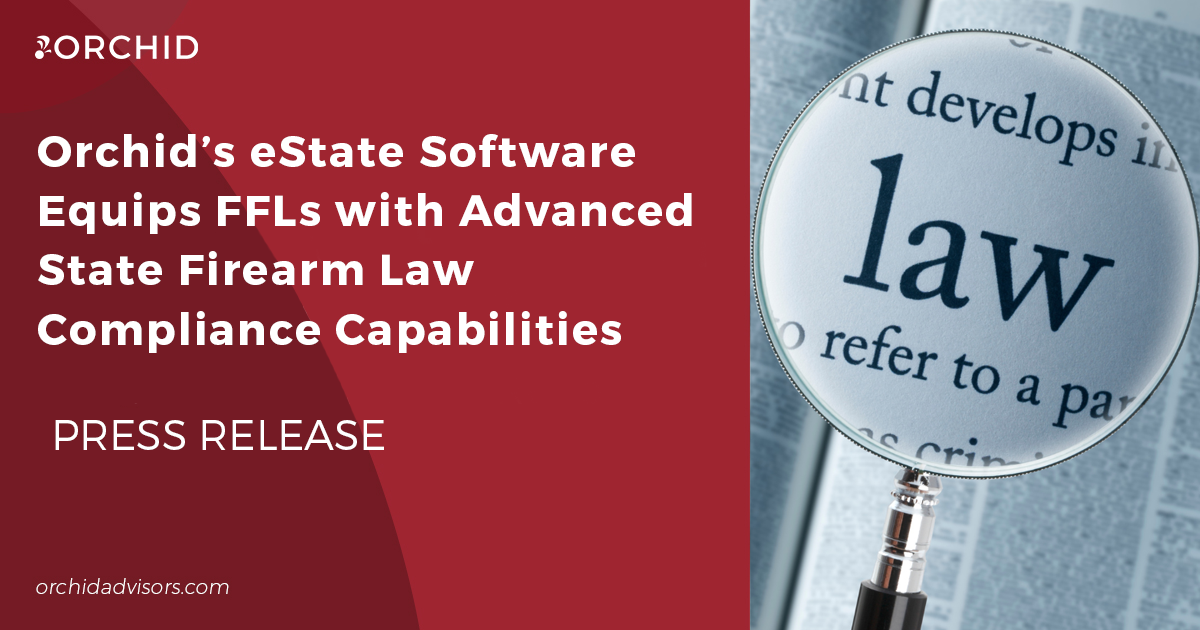In a world full of unforeseen changes, it is always best to be prepared for those “worse-case-scenarios”. Having a “Plan B” helps relieve the stress of trying to quickly scramble to fix the issue you are dealing with. ATF Compliance is no exception to this rule; the more “what-ifs” that you plan for, the more prepared you will be to face them and the smoother the process if/ when you do. Below are a few common scenario’s where having a alternative plan in place can be crucial.
Your Supplier Suddenly Goes Out of Business: This can affect all different FFL types in different ways. For example, if a Manufacturer utilized one sole vendor for all of the coatings that are placed on their firearms and this vendor had his FFL revoked. What would you do? How quickly could one procure a new vendor? How long will it take to process the ATF variance? As you can see there is quite a bit of planning or production could be in trouble.
As a Firearm Dealer, what would you do if your Distributor went out of business? Are arrangements made to order elsewhere? Do you have enough product on your shelves to carry you over? Once again, you may be stuck with a longer process than you would think to remedy your situation.
Contingency Plans are so important in most business processes whether building a firearm or selling one. There are multiple people affected when things go wrong. It is important to not rely solely on one source for parts or inventory but to have other options on the back burner, just in case. Another suggestion is to take a pro-active approach and be aware of the compliance standings of the other FFLs you deal with. Setting a good example and expecting the same from your vendors goes back to the concept often promoted by Orchid Advisors, the “Compliance Ecosystem.”
Your A&D Record keeper or Compliance Employee Leaves: What happens when the one employee that truly knows the regulations leaves for another position? How about when you rely on your wife to keep the A&D Book, and then there is a divorce? While we certainly don’t wish any misfortune to our readers, there are a lot of real life circumstances that can impact your ATF compliance.
All of your ATF compliance “answers” and knowledge should not be maintained in just one person. It is important to create back-ups such as assigning another employee to populate the A&D Book, conducting all-employee ATF compliance training, and documenting business policies and procedures as they relate to ATF compliance for all employees to follow. Also, make sure that multiple employees are trained to assist during your ATF inspection and can produce the records that will be requested. If your Compliance Officer leaves, who will ensure that your business stays compliant? Plan ahead.
Your Business Experiences a Natural Disaster: If you are from the Northeast, this winter has likely taught you how important it is to be prepared for the weather. It has been one of the coldest, snowiest winters to date and it seems that every weekend we are “prepping” for another incoming storm. It is a good reminder to review your contingency plan for the weather that is specific to your area and evaluate the impacts it may have on your business and your compliance. What happens if your shipments cant make it out due to road conditions; were these firearms already dispositioned out of your A&D Book? If your area is prone to flooding, do you store your A&D Books in the basement? Are you able to account for all of your firearms via a serial number inventory if you lose power?
Having a safety, emergency plan for you and those around you is obviously the top priority. Next, the goal is to protect your business from all of the disaster related complications such as power loss, water/fire damage, potential looting, theft, etc. Storing your inventory using safes or locking racks/ cabinets in addition to external security such as door locks or bars, video surveillance, and alarms will add multiple layers of security. Keeping accurate and timely ATF records in the event that inventory goes missing will help to be able to quickly account for your property. Keeping a second copy of your A&D Book (either paper or electronic) is not only a good idea, but according to ATF Ruling 2013-5, “Requirements to Keep Firearm Acquisitions and Dispositions Electronically”, it is a requirement to have daily backups of this data in preparation for potential computer crashes. The ATF has published two separate pieces of literature that assist in this type of preparation, “ATF Disaster Preparedness for Federal Firearm Licensees” (ATF Publication 3317.7) and “Safety and Security information for Federal Firearm Licensees” (ATF Publication 3317.2).
It’s never too late to start to prepare for the “what-ifs”; every little bit helps. An annual assessment of this type goes a long way.






0 Comments